As society understands that the world is structured fundamentally on complex phenomena, the architects are called to implement more effectively in design and fabrication of systems, models of complexity found in nature and mathematics. Architects need to be equipped with the necessary knowledge and skills to be able to explore both the physical world and the digital data environment that evolve with immense accelerating rate. The current research work studies the convergence point between the architecture of the conventional computation and the computational architecture, focusing on the cooperative relation between the architect and the digital medium, the computer.
Introduction
Digital technology makes its appearance at the design process by introducing a new era in architecture. Gradually it consolidates its sovereignty, destabilizing traditional patterns and practices. It creates also the feeling of a far-reaching change in the manner of representation, production and experiencing the space. In other words, the passing from the “time machine” and the corresponding mechanistic conception of the space – a result of the achievements of the Industrial Revolution – to the era of the “information revolution” and the images, brings further radical changes in living standards and in the spatial structures perception.
In architecture, digital technology makes its appearance via the CAD software (Computer Aided Design). Over the years and the continuous evolution of these software, the processes are accelerated and the architect has the opportunity to design architectural forms which escape from the right angles and the straight lines. The result is the production of a wide range of views on the impact of computers in architecture, from the outright rejection and scorn until the adoration and admiration. However, comparing enthusiastic users of the medium with those who are unwilling to use it and ignoring important differences, it is revealed an important common: there is an agreement from all the sides that the impact of digital media in the design, either they are desirable or not, are and will continue to be significant, deep, intense and extensive.
Nowadays, the computer is used in a large percentage by the architect as a simple tool of representation of the final product of the composition process at a time when this relationship is being questioned and changes its character. It is understood that the relationship between the user and the medium, is a superficial relationship. The medium – digital tool – is not entirely under the control of the user (the architect) and it cannot be fully understood by him. This kind of relationship restricts the use of the potential of the digital medium as well as the limits of the architect’s creativity.
[…] For a long time, architecture was occupied with the 3d representation of the space and the subsequent question about the relationship between “real” and “virtual”. This discussion is now part of the history of technology […]. (D. Papalexopoulos)
It appears, therefore, imperative to be created a meaningful “dialogue” between the architect and the digital medium, so the second to be converted by a simple digital tool into a valuable cooperator. In other words, there is a need for a substantial shift in the way architect communicates with digital technology. Like any form of communication between two (or more) entities, it is required a “common symbolic language” , i.e., “[ … ] a process by which a transmitter A (person or group) transfers information, thoughts, ideas or feelings in a receiver B (man, group or digital media) in order to act on him so that to cause him the appearance of ideas, actions and emotions and finally to affect his condition and his behaviour” (D. Bourantas). In our case, the principle that allows the communication between our two parties (i.e., the architect and the computer) is a logical method, an intelligent mechanism, the algorithm.
Essentially, the algorithm is a well-defined procedure which, given a problem – in our case an architectural project – it can provides instructions under which the problem data are transformed and combined to give the solution. So it is realized that the description of an architectural project with terms of changing data and changing relations leads to a new vision of the entire synthetic process of producing an architectural project.
Thesis target. Target of this thesis project is:
A|
to show that digital technology needs an intensely active role in the design process, leading to unexplored paths and to a new condition of architectural perception. So it is put some questionings. What is the relationship of digital technology with the design so far and where does the shift of the “digital” can lead, from the image searching, to the search of the inseparable relations and the radical changes in architectural practice?
B|
to approach the transition mechanism from the space representation to the parametrise of the architectural object, with the assistance of the “algorithmic thought”. Essentially it tries to investigate the process of integration of digital technologies in architectural design, through the searching of the relations between the parts that compose an architectural work. It examines the issue of capturing the architectural work, not as an integrated form but as a logical correlation of changing data, which the architect defines and manages with the help of digital technology and the computational process.
Final purpose is the determination of the significance of the deep cooperation between the above two sides for the architecture.
Thesis Project
9th Semester
School of Architecture NTUA
July 2013
Issuu link: http://issuu.com/aykz/docs/algorithmos-aykz-v2-issuu/1
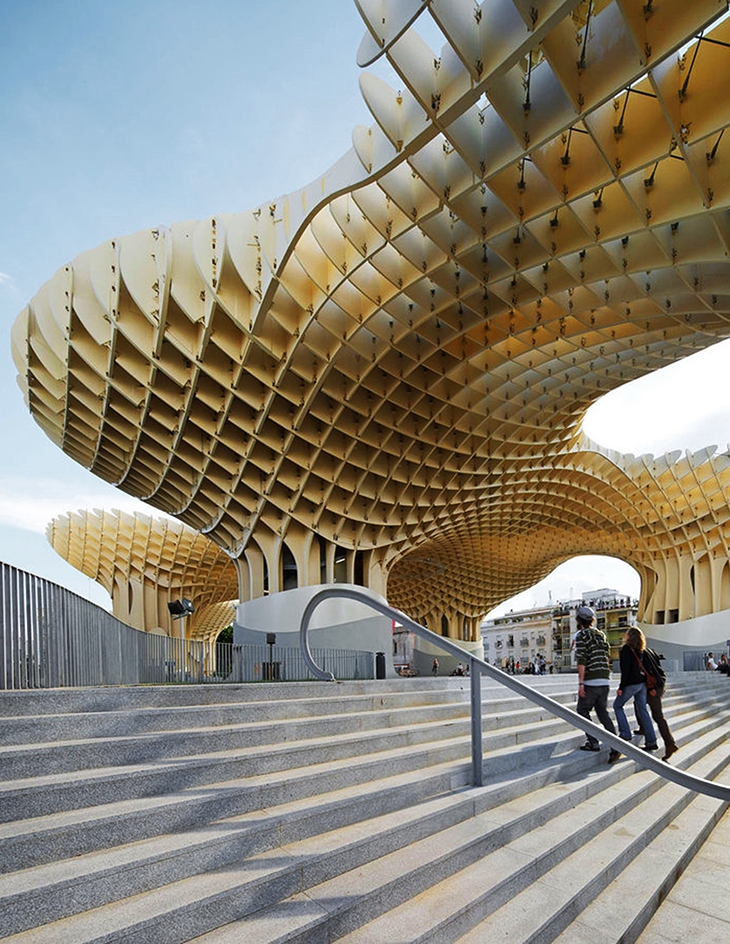 METROPO PARASOL, JÜRGEN MAYER-HERMANN
METROPO PARASOL, JÜRGEN MAYER-HERMANN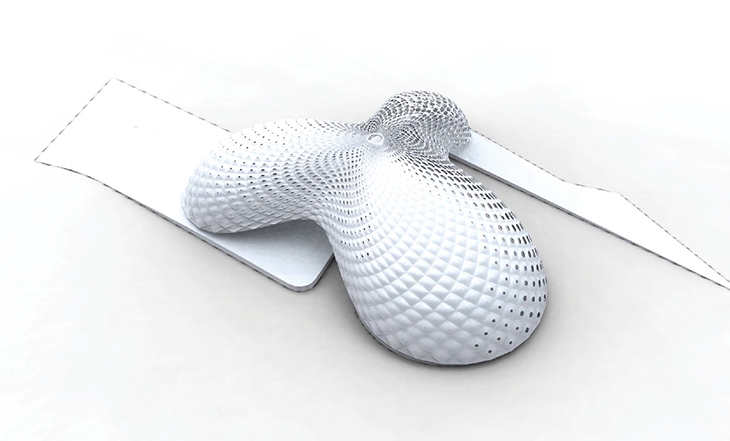 PNEUMATIC ALIEN, GEORGE KOUFAKIS
PNEUMATIC ALIEN, GEORGE KOUFAKIS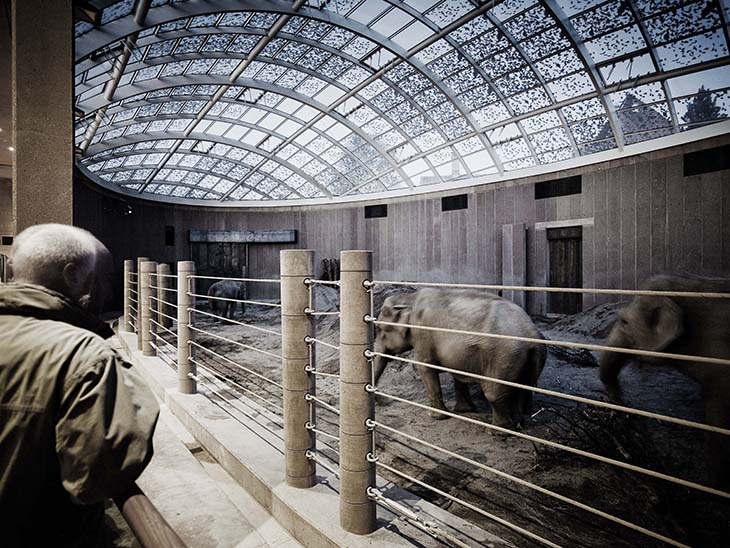 THE NEW ELEPHANT HOUSE, FOSTER + PARTNER
THE NEW ELEPHANT HOUSE, FOSTER + PARTNER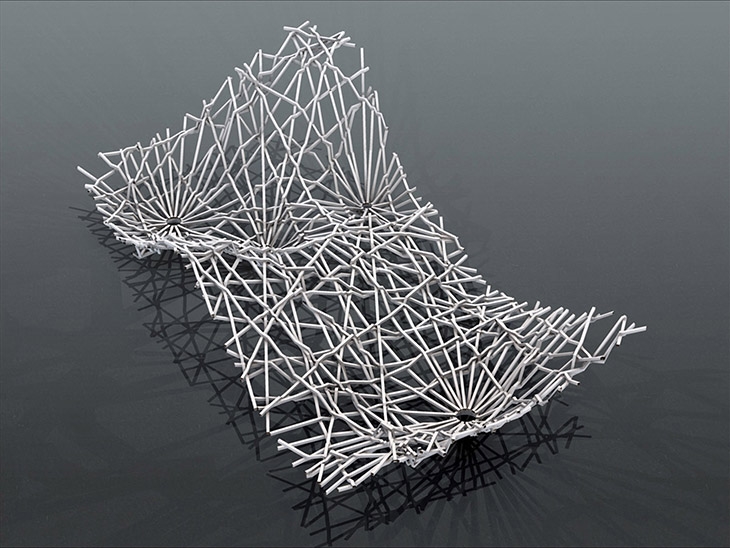 STRUCTURE AS A RESULT OF A MORPHOGENETIC ALGORITHM, ACHIM MENGES
STRUCTURE AS A RESULT OF A MORPHOGENETIC ALGORITHM, ACHIM MENGES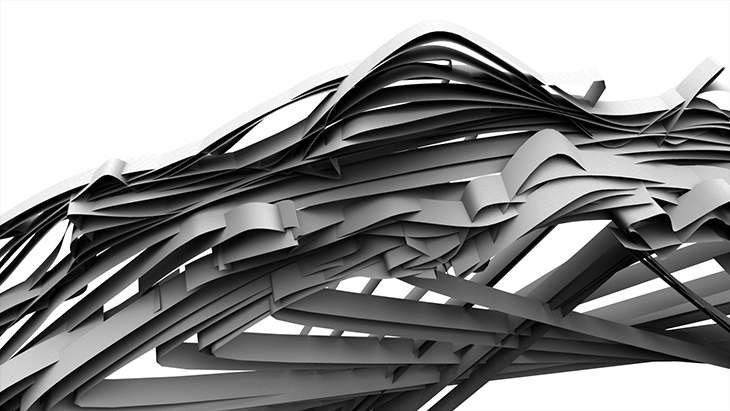 FORM AS A RESULT OF A COMPLEX ALGORITHMIC PROCESS, REZA ALI
FORM AS A RESULT OF A COMPLEX ALGORITHMIC PROCESS, REZA ALI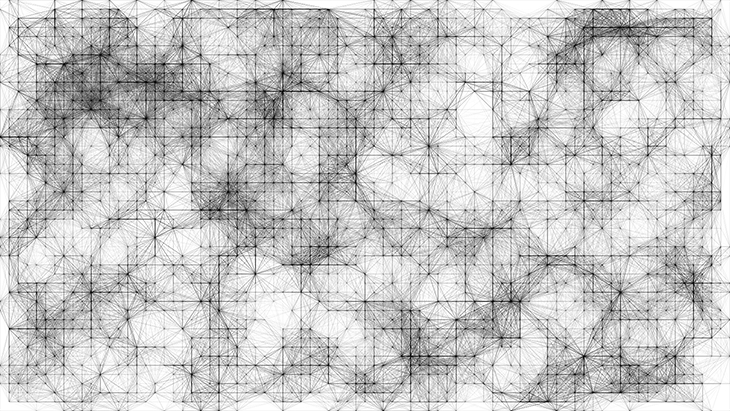 ART WITH ENCODED ALGORITHMIC PROCEDURES, ARTFROMCODE.COM
ART WITH ENCODED ALGORITHMIC PROCEDURES, ARTFROMCODE.COM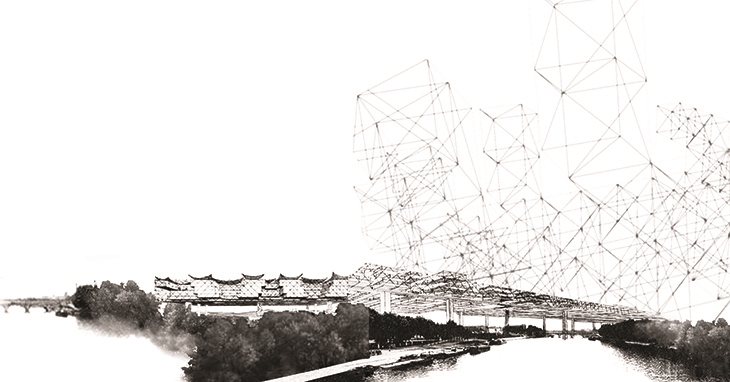 SPATIAL CITY, YONA FRIEDMAN
SPATIAL CITY, YONA FRIEDMANREAD ALSO: MICRO CLUSTER CABINS / REIULF RAMSTAD ARKITEKTER